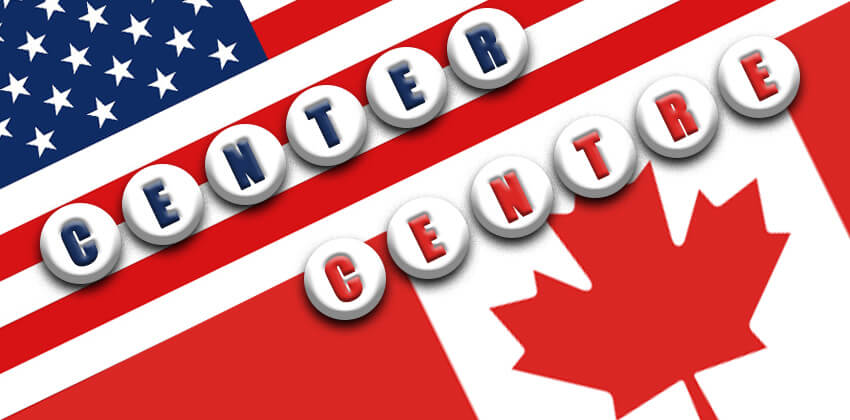
As you begin to build your military conversion resume and prepare sample responses for potential interview questions, you need to start by creating an accomplishments journal.
Collecting Your Documentation
Pull together your many sources of information from your career military portfolio.
Keep these materials in one file during your career search campaign — your “I Love Me” book.
Then, begin a new file when you land your first corporate position, either a small notebook you keep in your desk drawer or car, or a Word file on your computer.
The documentation you need to collect for your file:
Report of Separation
DD-214 – this document includes your military job specialty, dates of service, military education, decorations, medals, badges, citations, and campaign awards; as well as pertinent retirement benefits and character of separation.
If you need a replacement, request another copy from the National Archives.
Service Record Summary Documents
Each Service records member assignments to different commands and duties, including some combination of the following: assignment history, promotions, security data, service data, personal/family data, foreign language, military training and education, civilian education, awards and decorations, job performance, and so on.
- United States Army: Officer Record Brief (ORB) – Army Officer
Personnel Qualification Record (PQR) – Army Enlisted Officer Qualification Records - United States Marine Corps: Officer Qualification Recrod (OQR) – USMC Officer
Enlisted Service Record Book (SRB) – USMC Enlisted Service Record - United States Navy: Offiicial Military Personnel File (OMPF) – Navy Officer and Enlisted
- United States Air Force NCO and Officer Personnel Brief
Training Documentation
Verification of Military Experience and Training Document (VMAT)
The VMET document lists your military experience and training which may have application to employment in the private sector. The VMET document is an “all-services” integrated form which displays demographic, training, and experience information that is retrieved from various automated sources.
Use the VMET document as a tool to prepare resumes and job applications, in concert with evaluation reports, training certificates, awards, transcripts, and other pertinent documents. As an added bonus, it is not an official transcript for purposes of granting college credit, but it can be used to support your having met training and/or course requirements to qualify for civilian occupations, certificates, licenses, or programs of study.
The VMET also provides credit recommendations from the American Council of Education (ACE) for occupations and/or courses that are listed when they are available; the academic institutions, however, determine which credits are applicable to a program of study.
The VMET web site also has a list of links to additional web sites that can assist you in your job search process. You can log on at: https://www.dmdc.osd.mil/appj/vmet/index.jsp
Service School Academic (Professional Development and Training) and Award Justifications
Award justifications often are filled with specific examples of accomplishments and how you attained the accomplishment; they are often detailed. Many military awards cover extended periods of time in your career—and may list several specific achievements.
Service School evaluation reports and training records provide overviews of the courses you completed, certificates you attained, and sometimes it even lists special projects or class status.
Performance and Fitness Reports
Performance Evaluations and Fitness Reports are an excellent source of gleaning both job responsibilities and specific achievements and accomplishments. One of your goals is to quantify and qualify your achievements, whenever possible, for a resume and consideration by a potential employer.
As you gather a list of achievements, write down comparisons—what it was like before you “fixed” or modified the situation, and after you “fixed” the problem.
Other Sources
Look for additional achievements by asking the following questions:
- Have you been published?
- Have you been quoted?
- Do you speak at conferences or in other forums?
- What licenses or certificates do you possess?
- Do you have a security clearance? When does it expire?
- Do you have special skills, not listed on your paperwork?
- Is your day to day experience different from your military occupational specialty?
- Do you speak foreign languages?
- Are you engaged in community service or volunteer positions?
Organizing the Information
As you continue to dig deep and gather information from your career history, it helps to organize it into three categories (for each of your employment entries):
1. Describe why you were selected for a job and what your main challenge or assignment was as you entered the new position.
Examples:
Selected from a Board and moved from enlisted to Warrant Officer, i.e., from helicopter maintenance crew chief to pilot school; or,
Represented the U.S. Army in Europe (USAREUR), Deputy Chief of Staff for Intelligence to senior and executive level-host nation officials in Germany, to facilitate the exchange of intelligence and security information with the German federal and state intelligence, military, and law enforcement services, in support of the Commanding General and USAREUR’s priority intelligence requirements).
2. Provide a scope of your responsibilities within the scope of the organization.
Examples:
Deployed as a Support Operations Officer in the Plans section, in a combat environment, in support of Operation Iraqi Freedom II. Established and supervised the Logistical Operations Center. Analyzed, planned, prepared, and presented plans for future missions and contingency operations in support of 165,000 U.S. and Coalition forces. Directed, coordinated, and executed operations of 13 units, 28 direct and 1,300 indirect reports; or,
Managed the receipt, inventory and issue of 3,500 line items worth over $2M.
3. Develop a list of specific achievements or projects and quantify and qualify whenever possible.
Examples:
Developed engineer design plans for mission and life support facilities and secured $150 million in funding through the Joint Allocation Resource Board; Program Manager for a multi-million dollar base restructure; or,
Authored over 100 FRAGOS ensuring the movement and receipt of millions of gallons of water and fuel, and other supply classes daily into the region.
As this list builds, you will be able to start the production of a professional military conversion resume and prepare for the interviewing process. All of your career history information will be stored in one organized file.
Notice that the above entries still contain “military speak”. When you are ready to start writing your resume, you will need to translate your military speak into corporate equivalents.
 About the author…
About the author…
Job-Hunt’s Job Search Expert for Veterans, Diane Hudson is a military transition job-search strategist and career coach. She designs and composes military conversion resumes and helps position service members for employment in corporate or Federal America. Diane holds eight industry credentials including Certified Leadership & Talent Management Coach and Federal Job Search Trainer & Counselor and owns Career Marketing Techniques.
More about this author…
Don't forget to share this article with friends!




